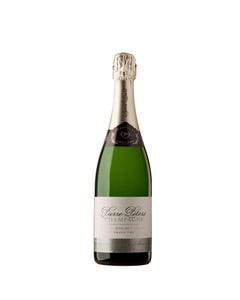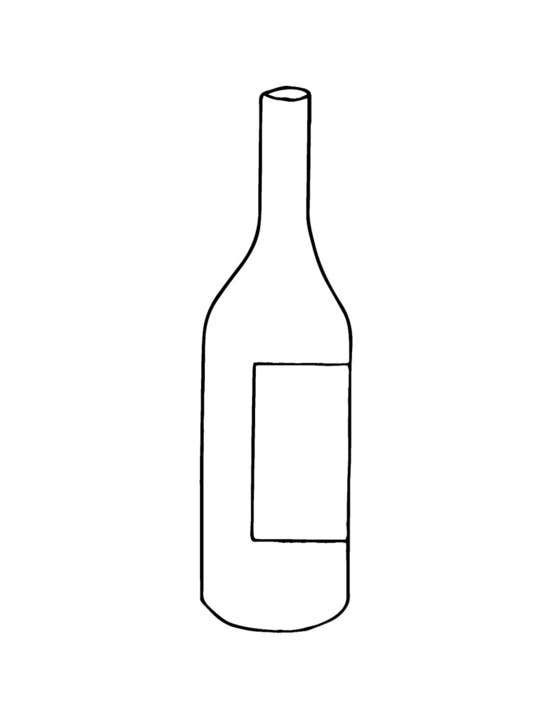

The Pierre Péters Champagnes stand out for their crystalline precision, energy and nuance, which makes the, reference-points for what Chardonnay is all about in the Côtes des Blancs and Mesnil in particular for the Chétillons. When I want to drink brilliant, pure Blanc des Blancs, I often reach for the wines of this small, family-owned estate. ANTONIO GALLONI
Very few champagnes more eloquently articulate their terroirs than those of Pierre Peters. On my first encounter with the young Rodolphe Peters, three hours of exploring the fruits of three decades left me mesmerised by the remarkable capacity of the chardonnay vine to extract the salty minerality of the Cotes de Blancs' finest grand crus and preserve it in its wines for time eternal. I left with the realisation of another dimension to champagne, one in which minerality assumes a personality all of its own. TYSON STELZER
Rudolph Peters is the fourth generation to lead the estate which was founded in 1919 in its hometown of Les Mesnil-sur-Oger. Today the estate consist of 17 hectares of vineyards with small holdings in several of the grand crus of Oger, Avize and Cramant but with the majority in Les Mesnil.
Rudolphe's skills and approach to winemaking is detailed and exhaustive and it has secured the estate cult status around the world. The subtle, sleek and elegant wines are marked by their fine acidity and prominent minerality, yet never come off as austere or thin, they are vibrant, alive, and perfectly poised.
The grapes are all hand-picked and gently pressed over about 4 hours and as soon after picking as is possible, usually less than 6 hours – he considers this vital to the quality of his wines. Each batch is then individually identified by soil type and fractions, then fermented in small steel tank where they can be individually temperature controlled.
He picks more than he needs so he is able to be selective before pressing and tends to find he requires very little additions for settling or S02 due to the quality of the juice. Time on gross lees is another important factor that Rudolphe is a large proponent of and believes adds another layer of complexity to the final blend.
The non-vintage bottlings always incorporate a significant proportion of reserve wines which are uniquely aged and assembled over decades by saving back a portion of each year's blend and adding it to a solera system.
Since 1997, the reserve wines contain portions of 1988, 1990, 1993, 1995 and 1996 along with all vintages since, excluding ‘99 and ’03 which were either too fat or too heavy. Usually it is close to a 50/50 blend of reserve and the current years base vintage with dosage tending towards the low side, hovering around 6 g/l.




















